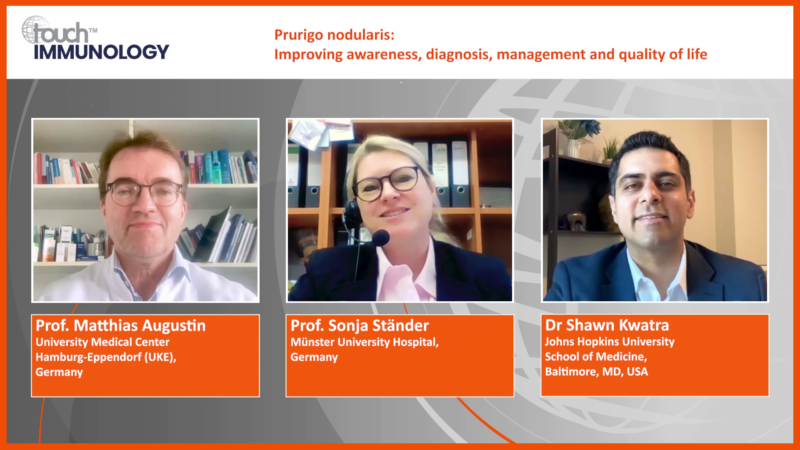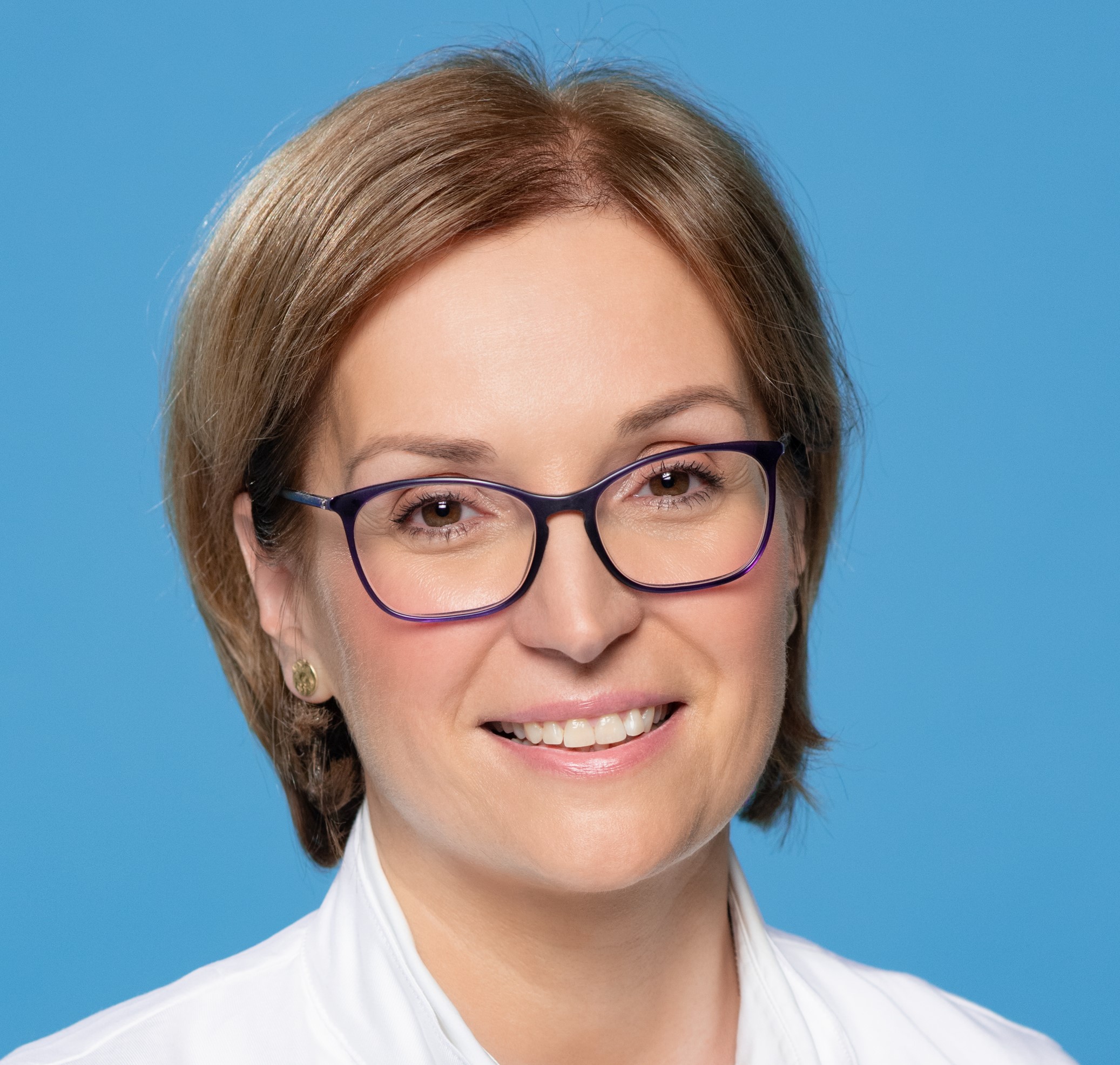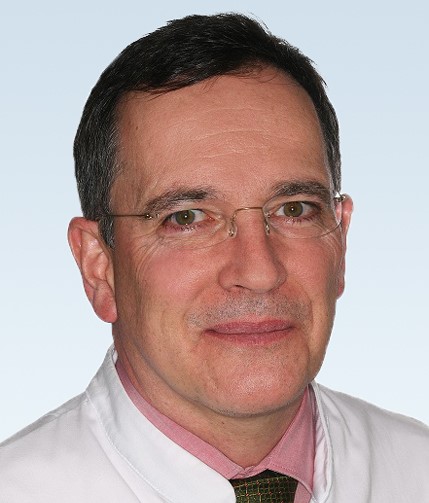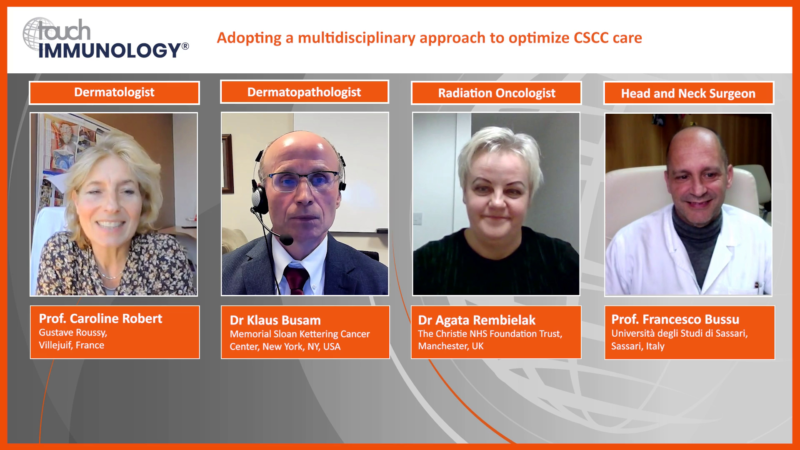
Dr Elaine Siegfried
Cardinal Glennon Children’s Hospital, St. Louis, MO, USA
CHAIR
Panelists:
touchPANEL DISCUSSION
 A visually engaging discussion designed to emulate a ‘live’ panel experience and provide clinicians with practical expert insights to address their clinical challenges. Useful tips below will show how to navigate the activity.
Close
A visually engaging discussion designed to emulate a ‘live’ panel experience and provide clinicians with practical expert insights to address their clinical challenges. Useful tips below will show how to navigate the activity.
Close
 A visually engaging discussion designed to emulate a ‘live’ panel experience and provide clinicians with practical expert insights to address their clinical challenges. Useful tips below will show how to navigate the activity.
Close
A visually engaging discussion designed to emulate a ‘live’ panel experience and provide clinicians with practical expert insights to address their clinical challenges. Useful tips below will show how to navigate the activity.
Close
Paediatric atopic dermatitis: Evolving strategies for improved management
- Downloads including slides are available for this activity in the Toolkit
Learning Objectives
After watching this activity, participants should be better able to:
- Recognize the burden of atopic dermatitis in children, their families and caregivers and its impact on quality of life, particularly in moderate-to-severe disease
- Summarize the latest data for systemic treatment options in children and adolescents with moderate-to-severe atopic dermatitis
- Assess how continuity of care in children and adolescents impacts long-term symptom control
Overview
In this activity, three experts discuss the burden of atopic dermatitis in children and their families, how to assess it in the clinic, and when treatment escalation with systemic therapy should be considered. They also explore how clinicians can support paediatric patients and their families to achieve long-term control of atopic dermatitis and optimize treatment outcomes.
This activity is jointly provided by USF Health and touchIME. read more
Target Audience
Dermatologists, allergists and immunologists, nurses, dermatology nurse practitioners, primary care physicians and paediatricians involved in the management of paediatric atopic dermatitis
Disclosures
USF Health adheres to the Standards for Integrity and Independence in Accredited Continuing Education. All individuals in a position to influence content have disclosed to USF Health any financial relationship with an ineligible organization. USF Health has reviewed and mitigated all relevant financial relationships related to the content of the activity. The relevant relationships are listed below. All individuals not listed have no relevant financial relationships.
Faculty
Dr Elaine Siegfried discloses: Speaker Bureau fees from: Regeneron, Sanofi Genzyme and Verrica. Consulting fees from: AbbVie, Alphyn, ASLAN Pharmaceuticals, Boehringer Ingelheim, Cara Therapeutics, Incyte, Leo, NobelPharma, Novan, Novartis, Pfizer, Pierre Fabre, Regeneron, Sanofi Genzyme, UCB and Verrica. Contracted research: AI Therapeutics. Clinical trials (all fees to institution): Amgen, Janssen, Lilly, Pierre Fabre, Regeneron, Sanofi and Verrica. Data safety monitoring board: Espere Healthcare, Leo, Novan, Pfizer and UCB.
Dr Nives Pustišek discloses: Speaker’s Bureau: AbbVie, Bayer, Bioderma, LEO Pharma, L’Oreal Adria, Novartis, Oktal Pharma, Pfizer and Sanofi-Aventis.
Prof. Andreas Wollenberg discloses: Advisory Board or Panel: AbbVie, Aileens, Almirall, Amgen, BMS, Galderma, Glenmark, GSK, Hans Karrer, Kyowa Kirin, Janssen, Leo Pharma, Eli Lilly, L’Oreal, MSD, Mylan, Novartis, Pfizer, Pierre Fabre, Regeneron, Sanofi-Aventis and UCB. Consultancy fees from: AbbVie, Aileens, Almirall, Amgen, Beiersdorf, Bioderma, Bioproject, BMS, Galderma, GSK, Hans Karrer, Kyowa Kirin, Janssen, Leo Pharma, Eli Lilly, L’Oreal, MSD, Mylan, Novartis, Pfizer, Pierre Fabre, Regeneron, Sandoz, Sanofi-Aventis and UCB. Grants/Research Support from: Leo Pharma (relationship terminated) and Pierre Fabre. Salary, Contractual Services from: Pierre Fabre. Speaker’s Bureau: AbbVie, Almirall, Amgen, Beiersdorf, Bioderma, Bioproject, BMS, Galderma, Glenmark, GSK, Hans Karrer, Kyowa Kirin, Janssen, Leo Pharma, Eli Lilly, L’Oreal, Maruho, MedImmune, MSD, Mylan, Novartis, Pfizer, Pierre Fabre, Regeneron, Sanofi-Aventis and UCB.
Content reviewer
Ann Lin, MD, Peer Reviewer has no financial interests/relationships or affiliations in relation to this activity.
Touch Medical Director
Adriano Boasso has no financial interests/relationships or affiliations in relation to this activity.
USF Health Office of Continuing Professional Development and touchIME staff have no financial interests/relationships or affiliations in relation to this activity.
Requirements for Successful Completion
In order to receive credit for this activity, participants must review the content and complete the post-test and evaluation form. Statements of credit are awarded upon successful completion of the post-test and evaluation form.
If you have questions regarding credit please contact cpdsupport@usf.edu.
Accreditations
Physicians
This activity has been planned and implemented in accordance with the accreditation requirements and policies of the Accreditation Council for Continuing Medical Education (ACCME) through a joint providership of USF Health and touchIME. USF Health is accredited by the ACCME to provide continuing medical education for physicians.
USF Health designates this enduring material for a maximum of 0.75 AMA PRA Category 1 CreditTM. Physicians should claim only the credit commensurate with the extent of their participation in the activity.
The European Union of Medical Specialists (UEMS) – European Accreditation Council for Continuing Medical Education (EACCME) has an agreement of mutual recognition of continuing medical education (CME) credit with the American Medical Association (AMA). European physicians interested in converting AMA PRA Category 1 CreditTM into European CME credit (ECMEC) should contact the UEMS (www.uems.eu).
Advanced Practice Providers
Physician Assistants may claim a maximum of 0.75 Category 1 credits for completing this activity. NCCPA accepts AMA PRA Category 1 CreditTM from organizations accredited by ACCME or a recognized state medical society.
The AANPCP accepts certificates of participation for educational activities approved for AMA PRA Category 1 CreditTM by ACCME-accredited providers. APRNs who participate will receive a certificate of completion commensurate with the extent of their participation.
Date of original release: 07 December 2023. Date credits expire: 07 December 2024.
If you have any questions regarding credit please contact cpdsupport@usf.edu.
To obtain the CE/CME credit(s) from this activity, please complete this post-activity test.
Claim Credit- Downloads including slides are available for this activity in the Toolkit
You may also be interested in...

REGISTER NOW FOR FREE ACCESS TO
- 1000+ topical and insightful peer-reviewed journal articles
- 100+ hours of bite-sized congress highlights
- 9 major therapy areas packed with the latest scientific advances
- 150+ specialties offering learn-on-the-go medical education
- + Concise email updates and newsletters so you never miss out





















